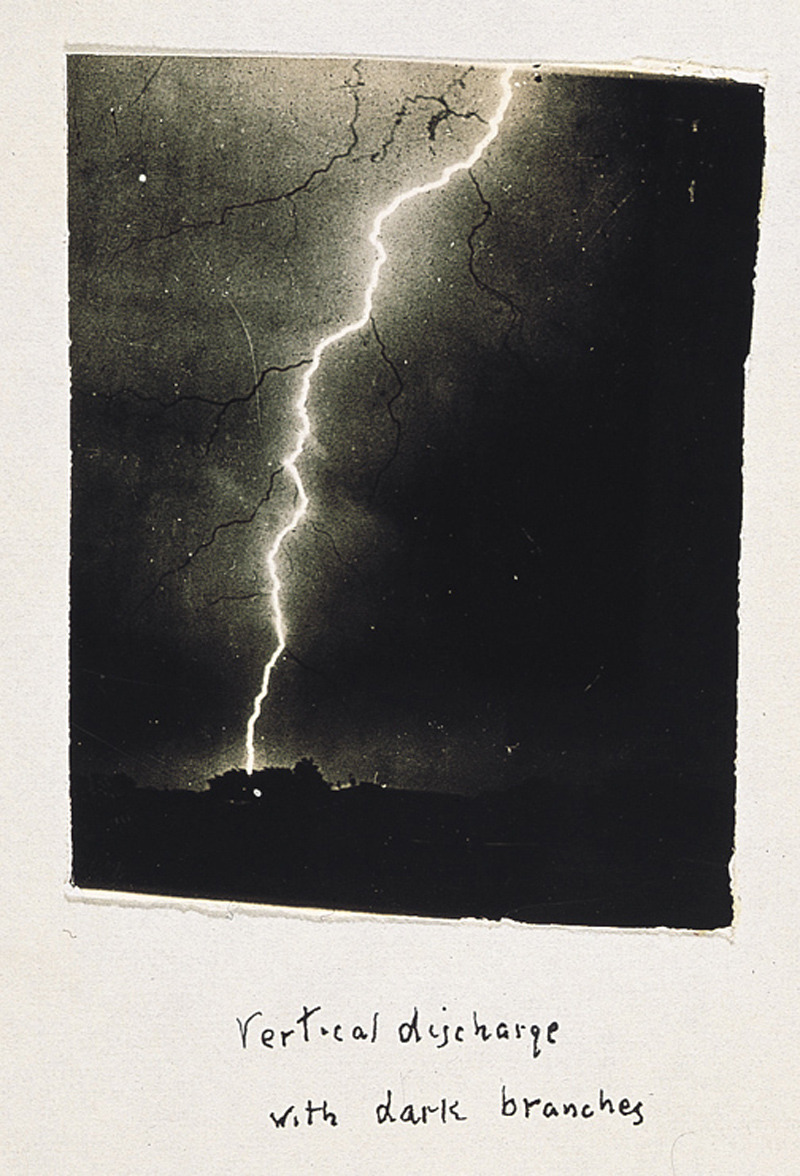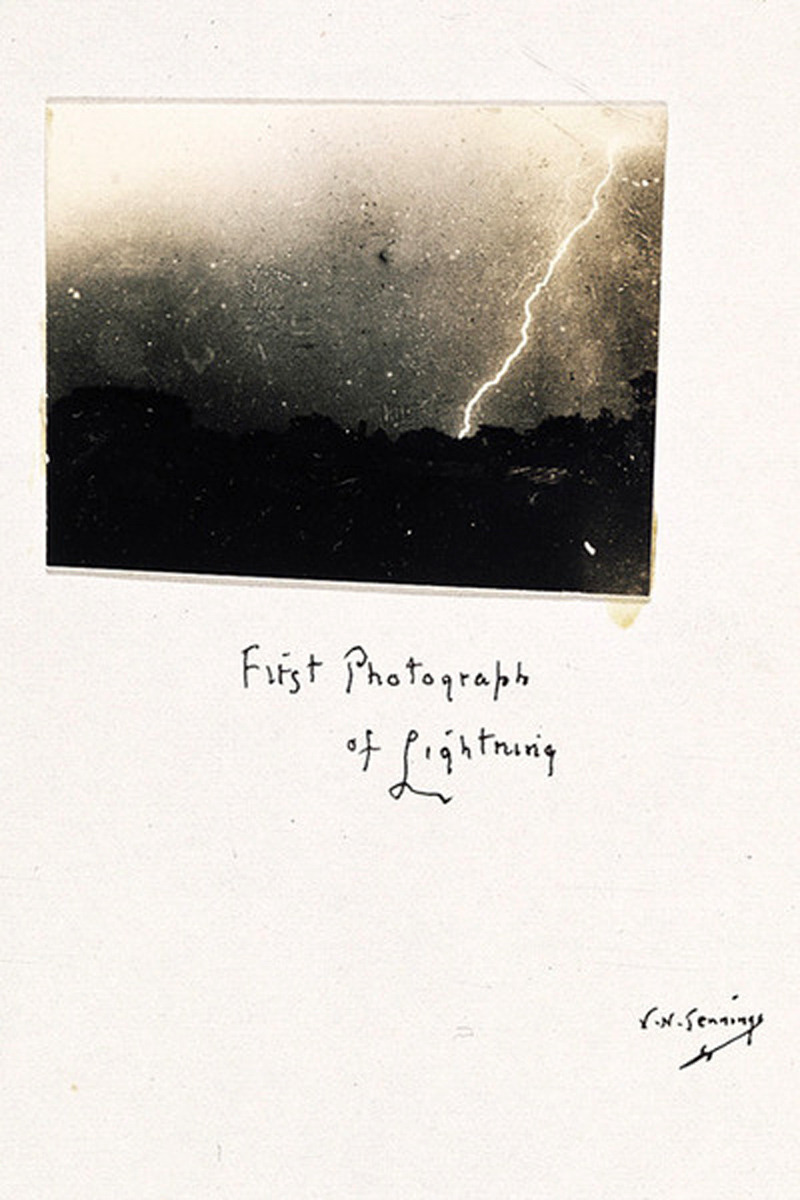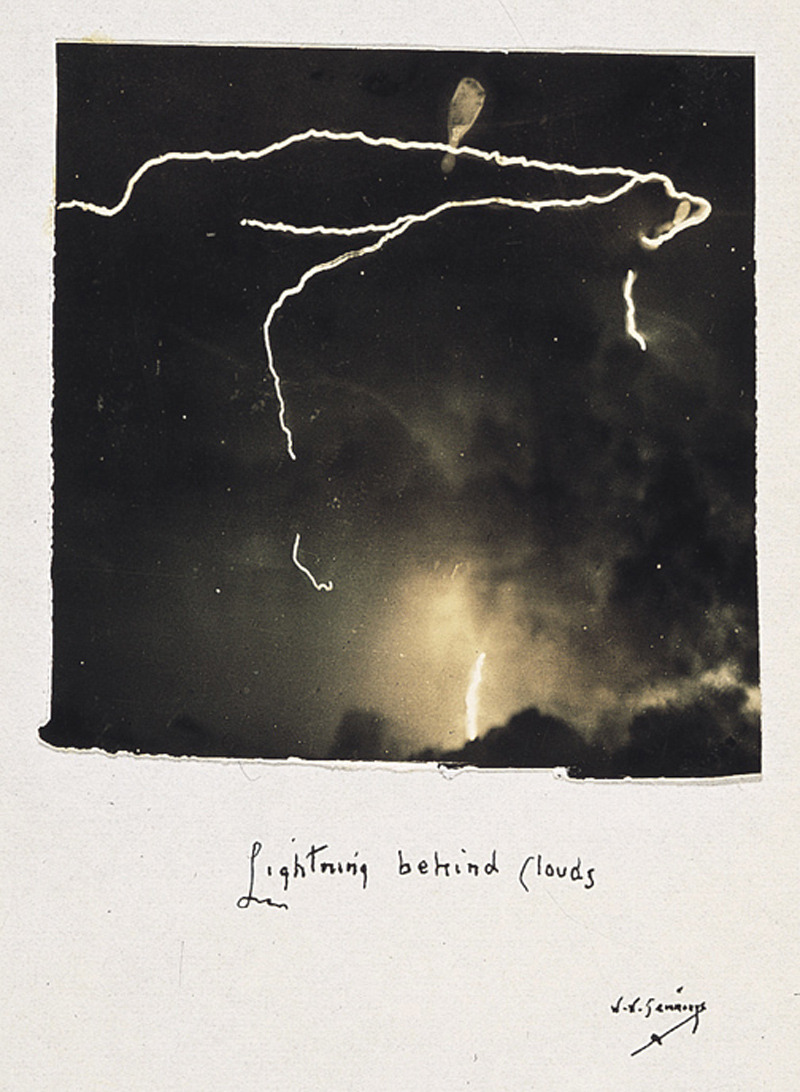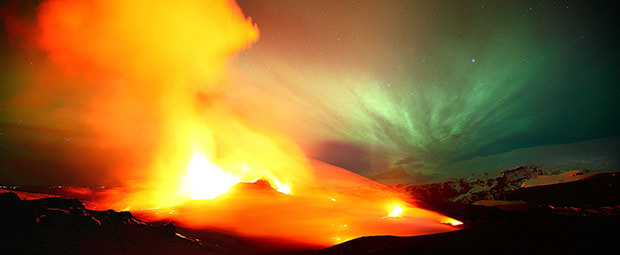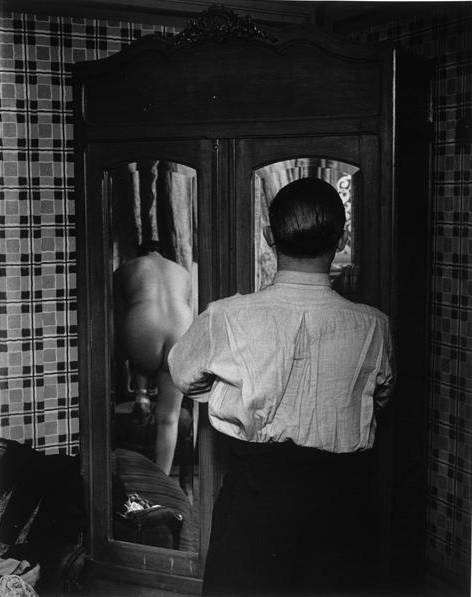Brassaï was the pseudonym of Gyula Halász (1899-1984), a Parisian photographer considered by all as one of the great photographers of the 20th century. Brassai took his name from the town of his birth, Brasso, in Transylvania, then part of Hungary, later of Roumania, and famous as the home of Count Dracula.
He studied art at the academies of Budapest and Berlin before coming to Paris in the mid-twenties. He was completely disinterested in photography, if not scornful of it, until he saw the work being done by his acquaintance
André Kertész, which inspired him to take up the medium himself. In the early thirties he set about photographing the night life of Paris, especially at its more colorful and more disreputable levels. The result of this project - a fascinatingly tawdry collection of prostitutes, pimps, madams, transvestites, apaches, and assorted cold-eyed pleasure-seekers - was published in 1933 as
Paris de Nuit, one of the most remarkable of all photographic books.
Making photographs in the dark bistros and darker streets presented a difficult technical problem. Brassai's solution was direct, primitive, and perfect. He focused his small plate camera on a tripod, opened the shutter when ready, and fired a flashbulb.
Brassaï's photographs brought him international fame leading to a one-man show in the United States at the George Eastman House in Rochester, New York, the Art Institute in Chicago, Illinois, and at New York City's Museum of Modern Art.
"When you meet the man you see at once that he is equipped with no ordinary eyes," ~ writer Henry Miller on Brassai
"The purpose of art is to raise people to a higher level of awareness than they would otherwise attain on their own." ~ Brassai
Paris Prostitute
Washing up in Brothel, 1932
Picasso
Woman playing snooker , 1933
Dali
Folies Bergère, 1933
Dalí and his wife Gala; you can see Brassai in the mirror to the right.
Picasso
1932
"To keep from going stale you must forget your professional outlook and rediscover the virginal eye of the amateur." ~ Brassai
Portrait of author Henry Miller

